Fossils
-
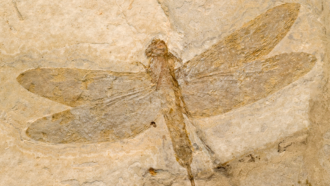 Fossils
FossilsScientists Say: Fossil
Under the right conditions, living things or traces they’ve left behind can be preserved in rock for a long time — millions or billions of years.
-
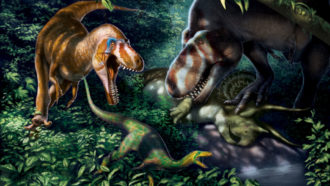 Fossils
FossilsSmall T. rex ‘cousins’ may actually have been growing teens
Dinosaurs once thought to be mini cousins of Tyrannosaurus rex may have been merely adolescent members of the famous species, a new study suggests.
By Sid Perkins -
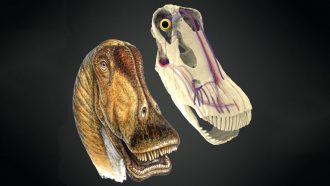 Animals
AnimalsBlood vessels in their heads kept big dinos from overheating
Giant dinosaurs evolved several ways to cool their blood and avoid heatstroke.
-
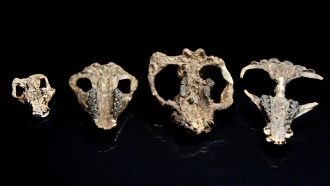 Fossils
FossilsFossils show mammals’ rise to dominance after the dino-killing asteroid
What happened to mammals after an asteroid wiped out the dinosaurs? Newfound fossils show how they grew in size, eventually dominating much of life on Earth.
-
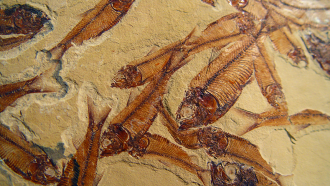 Fossils
FossilsScientists Say: Paleontology
This is the study of prehistoric life based on fossils of microbes, plants, and animals found in rock.
-
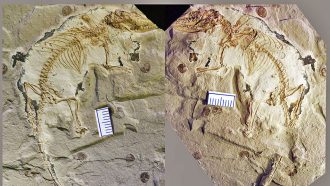 Fossils
FossilsA flexible bone that aids mammals in chewing arose during the Jurassic
A flexible bony structure that helps with chewing may have helped give rise to the Age of Mammals, a new fossil suggests.
-
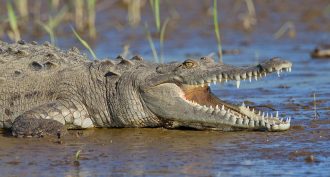 Animals
AnimalsAncient crocodiles may have preferred chomping plants, not meat
Fossil teeth of ancient crocodilians suggest that some ate plants and that such green diets evolved in crocs at least three times more than 60 million years ago.
-
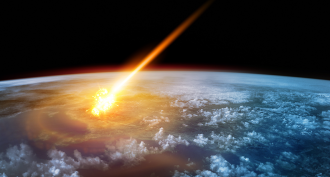 Earth
EarthReliving the last day of the dinosaurs
The Chicxulub crater is helping reveal what happened on the day a 12-kilometer-wide asteroid slammed into the Gulf of Mexico, 66 million years ago.
By Beth Geiger -
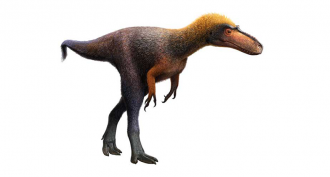 Fossils
FossilsThis tiny dinosaur is officially T. rex’s cousin
A newly identified dinosaur species fills a gap in the tyrannosaur family tree.
-
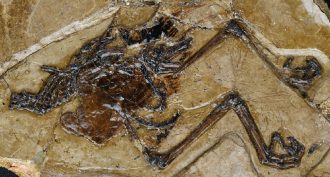 Fossils
FossilsPaleontologists find the first fossilized egg inside an ancient bird
For the first time, paleontologists have found an unlaid egg inside an ancient bird fossil. That egg may have caused its mother’s death.
-
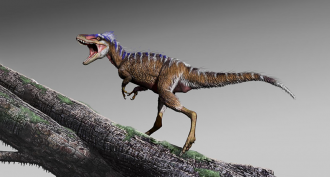 Fossils
FossilsMini tyrannosaur fills big evolutionary gap
A newfound dinosaur named “omen of doom” fills a gap in tyrannosaur evolution. It helps to narrow when the group sized up.
By Jeremy Rehm -
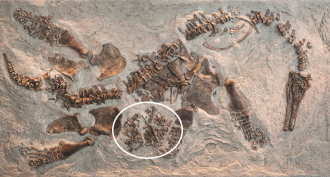 Fossils
FossilsBones show ancient marine reptile was a big baby
A new study of a rare baby plesiosaur reveals that these marine reptiles were huge at birth, then continued to grow speedily.
By Riley Black